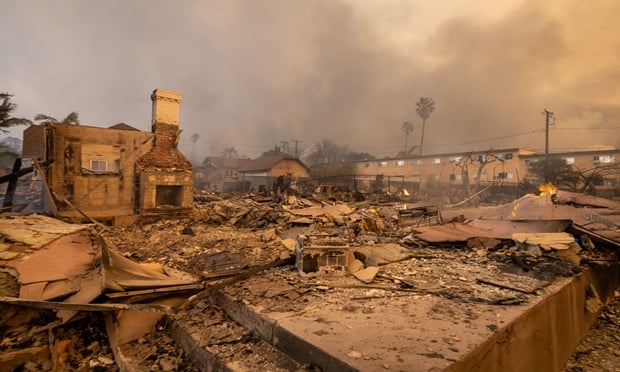A new study of the reinsurance industry's Jan. 1 renewal period finds U.S. insurers paying significant increases as reinsurers seek to separate U.S. carriers' risks from exposures in Europe.
Guy Carpenter & Company Inc., a subsidiary of the Marsh & McLennan Companies, has published "Property Specialty Update--1 January 2006 Renewal Season Overview," an in-depth report on the Jan. 1 property renewal season.
The study expands on the property findings of Guy Carpenter's recently published "U.S. Reinsurance Renewals at Jan. 1," providing a detailed assessment of reinsurance renewals in Europe, Asia Pacific and the U.S.
Recommended For You
Want to continue reading?
Become a Free PropertyCasualty360 Digital Reader
Your access to unlimited PropertyCasualty360 content isn’t changing.
Once you are an ALM digital member, you’ll receive:
- Breaking insurance news and analysis, on-site and via our newsletters and custom alerts
- Weekly Insurance Speak podcast featuring exclusive interviews with industry leaders
- Educational webcasts, white papers, and ebooks from industry thought leaders
- Critical converage of the employee benefits and financial advisory markets on our other ALM sites, BenefitsPRO and ThinkAdvisor
Already have an account? Sign In Now
© 2025 ALM Global, LLC, All Rights Reserved. Request academic re-use from www.copyright.com. All other uses, submit a request to [email protected]. For more information visit Asset & Logo Licensing.








